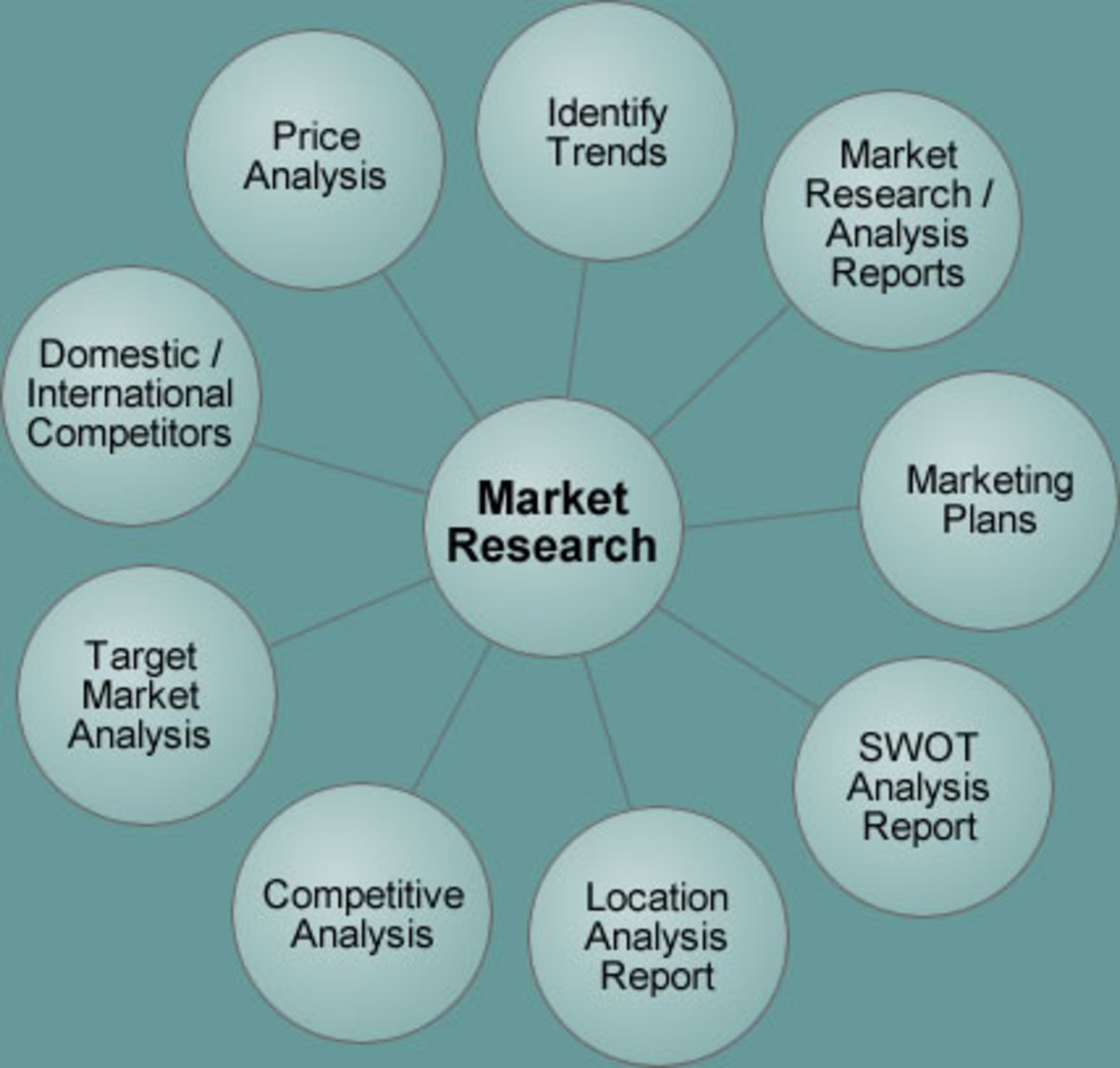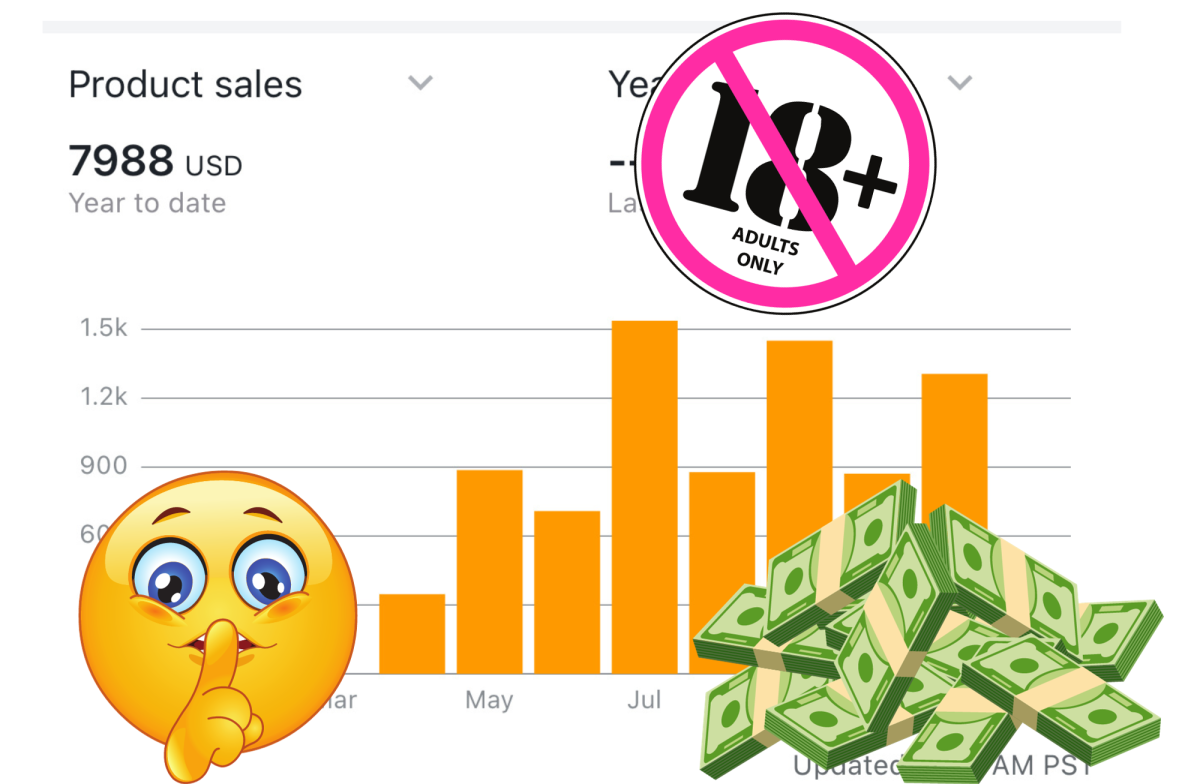How to Write Strategic Marketing Plan
How to write marketing plan
After making a business plan the most important and essential to all is to develop a strong strategic marketing plan. Without writing a well devised marketing plan, your business will end up in nowhere. No matter if you are going to run a small business or a mid-size business, marketing plan is must. In this era of information age marketing plan can be broadly categorize into two types- online marketing plan and offline marketing plan; both types of plan will be further divided as per requirements of the customer attention and business needs.
Before writing an effective marketing plan you need to have solid understanding on the following topics:
1. What is the purpose of your marketing?
2. Market situation analysis.
3. Setting up the strategy and Objectives.
4. Developing Tactical Programs.
5. Marketing Budgets and its implementation.
6. Probability of success of the plan considering all the future negative incidents.
What is the purpose of marketing plan?
You can start this section by writing a brief description of your company and it background. Most important part of this section is- why this plan is necessary such as
-
Introduction of new product for the
continuous growth of your business, the potential of yearly growth of the
product etc.
- Say about the target of sales in the next year

Competitor analysis- Identify your main competitors and categorize them in terms of
- Product attributes
- Product price
- Ways of promotion
- Offered services
- Competitors’ strength and weakness
- Future competition threats
- Competitors’ financial standing
Financial analysis- This section provide all the data of the current market such as current sales analysis of the total market by distributors, market segments, product categories, marketing expenses and revenues.
Finally summarize the current market situation by- strengths, weaknesses, opportunities and
Threats of your company.
To learn different types of marketing and advertising mediums

In the second part of your marketing purpose you need to clearly address the following important issues-
- The long run vision of your business
- What are the major benefit of your products/ How your customers will be benefited
- What is your company’s philosophy for doing business
- What services/products do you offer?
- What is the strength of your company in comparison to the competitors?
- Physical facilities or technical advantage
- Tell about your supply chain, research capacity, and financial position.

Situational Analysis
This is one of the most crucial and time consuming part in writing any marketing plan. In this section you need to take into account the following four major aspects of business.
- Product, Market Analysis
- Market Analysis
- Distribution Analysis
- Competitor Analysis
- Financial Analysis
Product analysis- describes details of your current products including pricing, product attributes, distribution details, promotional programs, after sale support service.
Market analysis-say about your current target market and how you plan to reach that market, benefits sought by the market, how/why/when customers use the product, what is customers attitude towards your product, based on which information customers make the purchase and who purchase your product(male, female, children or all). Also describe what influence customers to make the purchase that product, what the current market size is and the future growth of the market.
Distributor analysis- describe the supply chain used to distribute your product-direct to customer of via distributors or the combination of both, how distributor evaluate your product in comparison to your competitors, how distributor make the purchase and what influence them to purchase your product, and demographic specification of the distribution network-geographic region, size , types.

Marketing Strategy
This section describes which direction product will go. The major issues need to consider are
- Marketing Strategy
- Financial Objectives
- Marketing Objectives
Marketing strategy- Selling more to same market (inspire your customers to buy ), finding new markets, developing new products or services for existing customers or new customers, analyzing market stability, market exit policy.
Financial objectives- describe customer sales volume and growth, sales by different channels and growth, profit margin etc.
Marketing Objectives-This section primarily reflect the goal or targets to be accomplished on various marketing decision of a company from non-financial perspective. Here you need to set target market objectives (your market share, total customers, rate of purchases etc.), promotional
Objectives (traffic building to your site & store), sales promotions, cost per call, customer visits etc. ), channel objectives( total dealers, growth of dealers, order processing time, incorrect order processing rate etc.), product development ideas, partnership plans etc.

Tactical Marketing
This is the most important and practical part of any marketing plan and take half of the page counts of the entire marketing plan. Here you need to describe six decision areas:
- Market target
- Product
- Promotion
- Pricing
- Distribution
- Other Areas
Market target- This main issues need to be addressed are- description of your target market, position of your product in the market and sales forecast
Product- tells about the decisions need to made about your product regarding branding, labeling, and packaging. Try to discuss with your distributor while making this product plan more effective.
Promotion- discuss decision needs to be mead on the product promotion. Basically there are four areas of promotion-sales promotion, advertising, public relations and personal selling. Make decision on which promotional campaign will be best suited for your product and also tell about what types of media will be used for promotion and its spending & timetables-
- ad type (e.g., television spots, Internet banner Ads, roadside billboards, direct mail, etc.)
- sales promotion type (e.g., coupons, demonstrations, etc.),
- selling type (e.g., sales force, call center),
- Pr type (e.g., press release, pitch to magazines, etc.)
Distribution- tells about how your product will reach your customers and try to focus on the following four broadly categorized items
- Types of channels employed
- Level of market coverage
- Outlets handling product
- Product positioning
- Distribution costs
Pricing- Before making the pricing decision of your product take into account the following issues:
- Complete knowledge of the market
- Economic conditions
- Customers’ expectations
- Company’s expectations
- Discounting
- Payment terms
- Company expectations
- Market demand
Other areas
Apart from all other marketing tactics your might take into consideration of the following things as well
- Customer support(call center, online, service desk, walk-up, on-site)
- Market research (customer analysis, market analysis, competitor analysis)

Marketing Budgets and its implementation
While preparing budgets, you need to consider three important factors:
- Marketing Budget
- Performance Analysis
- Implementation Schedule
Probability of success of the plan considering all the future negative incidents
In this section describe the potential problems may arise during the implementation of the plan and how to cope with all the future problems. Try to focus on three factors-
Internal- loss of funding,loss of employees, legal problems etc.
External- supply chain problems, natural disasters, competitor reaction, technology forecasting, economic issues, and governmental issues.
Research limitations- discuss limitation on making decision where you had to assume something rather than collecting real life data due to some problems.







